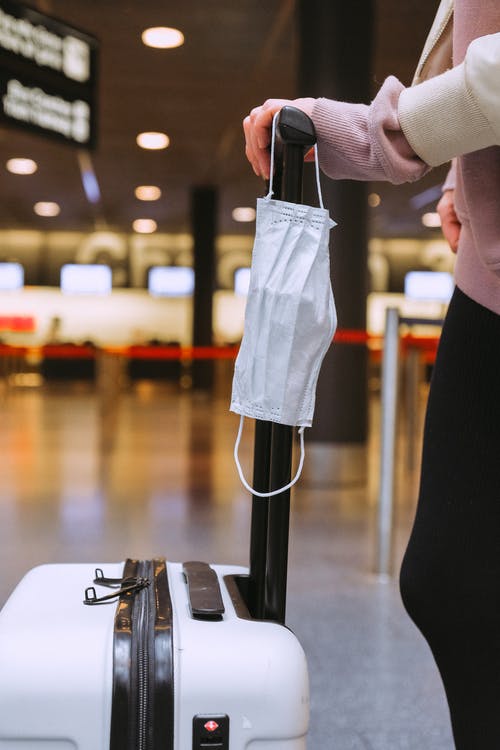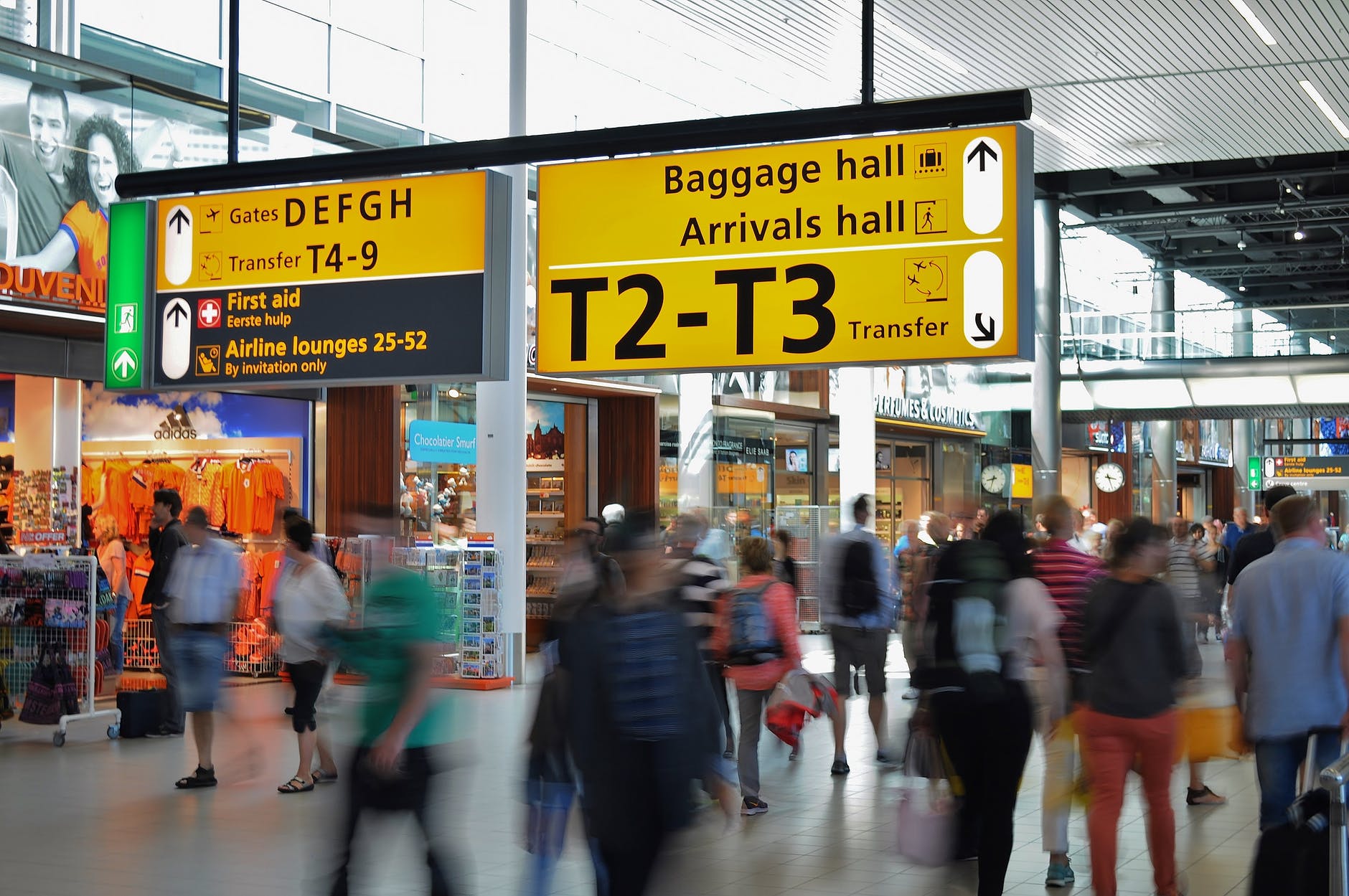What will the future look like for travel after the abrupt standstill in early 2020? With vaccinations on the rise and infections on the decline in the US, a growing number of consumers are eager to get away. Many have the financial wherewithal, having been hunkered down at home for much of the past year, with fewer-than-usual opportunities to spend money.
Despite this enthusiasm, many travel companies are struggling to visualize—and shape—the future of travel, recognizing that they need to acknowledge newly formed consumer expectations for trips to the mountains, the beach or the boardroom.
To understand the latest shifts in travel expectations, attitudes and behaviors—as well as the sustainability of those shifts—PwC surveyed more than 1,300 US consumers in April 2021 and compared the results to earlier surveys conducted in April and August of 2020. Most respondents to our latest survey told us they have at least one flight and/or an overnight stay planned for business or leisure within the next 12 months.
1. Pent-up travel demand is bubbling up. Will the bubble burst?
Consumers are on the move again, requiring travel providers to think about how best to balance supply with demand in the wake of nuanced consumer considerations: Despite the propensity for price to dominate travel purchase decisions, consumers also have health and safety concerns.
Higher income households have seen an increase in savings. Combined with increased vaccination rates, this bodes well for travel. In fact, our survey indicates that consumers are willing to spend more money (13%) for nicer accommodations (28%) and for longer periods of time (24%) on future travel. Moreover, with borders starting to open up to vaccinated travelers, more of them are starting to plan international trips: almost 25% are planning trips to Europe or the Caribbean.

Meanwhile, some consumers remain tentative: 24% told us their leisure travel plans won’t match pre-pandemic levels until at least 2023, and 14% plan to spend less on their next vacation than they did before the pandemic.
Cruises are not high on travel lists: 80% said they’re neutral or unlikely to take a cruise in the next 12 months, an increase from both our previous surveys in 2020. Exceptions are 18-to-24-year-old deal-seekers and high-income consumers (household income over $250,000).
Once consumers have satisfied the urge to travel with spring and summer trips, will travel slow down again? Consumers may well base holiday travel decisions on their experiences in the coming months.
2. Public health remains paramount
Safety matters to consumers; they underscored that for us. Our survey found that a clear majority—85%—have either already been vaccinated or plan to be. And 70% favor vaccination verification while traveling.
More than half (56%) support policies that would prevent those without proof of vaccination from traveling. Meanwhile, 14% would be upset if asked for proof of vaccination, creating both opportunities and risks for providers to design future travel experiences around health policies.
In response to consumer public health and safety concerns, travel companies have upgraded safety protocols and infused policies with more flexibility. Many of those changes appear likely to remain in place for the foreseeable future.
Public-health concerns linger:
More than half (56%) believe brand-name hotels are safer than short-term rental properties. Only 13% feel short-term rentals are safer alternatives.
Almost a third (28%) plan to stay at higher-end properties than they did before the pandemic, associating them with better public health protocols.
A third of travelers (36%) are willing to spend more to increase the distance between themselves and others on a flight. On average, they would spend 16% more.
3. An enthusiasm gap emerges
By a wide margin, travelers who have taken at least one trip since the onset of the pandemic enthusiastically recommend it to others: More than 70% would recommend flying and more than 60% would recommend overnight stays to those who have not yet traveled. Meanwhile, a small group (10%) of those who have already traveled are unwilling to recommend it to others.
It comes as no surprise, then, that these reluctant travelers rated every type of social gathering as riskier than the travel enthusiasts. They were twice as likely to avoid gatherings of 10 or more people and consistently a year behind the enthusiasts when estimating resumption of pre-pandemic travel habits. A major reason was their first travel experience after the onset of the pandemic; this group was decidedly not any more comfortable traveling after their first flight or overnight stay.
That’s not to say the reluctant travelers won’t catch up soon, now that proven vaccines are available and case counts are down. Those who haven’t traveled at all might well represent even more demand in the months ahead since they’ve been holed up at home for much of the past year.
4. Less-than-eager business travelers begin planning business travel
After a year of remote work and video calls, we expect business travel to make a gradual comeback in the months ahead. However, as business leaders rethink corporate travel policies, the future of business travel remains somewhat amorphous.
Here’s what we do know from our survey: Consumers expect business travel to return sooner rather than later. Some 40% of business travelers believe they will meet or exceed pre-pandemic levels of business travel by the end of 2022, regardless of whether they’ve actually planned their next business trip.
They might well be waiting for final travel-policy guidance from employers and clients. Understandably, travel suppliers are cautiously optimistic. However, the enthusiasm for business travel is lagging: However, business traveler enthusiasm is lagging: 75% of business travelers in our survey are not excited about or are indifferent to traveling again for work.
They may not have a choice: Almost half (46%) are concerned their income or employment could be negatively affected over the next 12 months. Meanwhile, a third of business travelers don’t want to go back into the office, saying they’re happy to work remotely.
5. Brand loyalty still up for grabs
While consumers are eager to travel, they may not go back to their pre-pandemic providers. When we surveyed consumers last summer, some 40% told us they would likely switch loyalties. That trend is now taking root: One in three travelers followed through when it came to trying a brand other than the one currently holding their highest loyalty program status. 85% of them told us they’re likely to stay with the airline they switched to while 76% said the same about hotels.
Why are these travelers switching brands? 60% of respondents said the most important reason is better pricing, offers or packages.
The data tell a different—and more nuanced—story for top-tier members of loyalty programs:
Almost half (46%) of top-tier members say loyalty programs are even more important now than they were before the pandemic—more so by far than all membership tiers.
Highest-tier loyalty members are also the most likely to switch brands, a trend we first saw in the last installment of our survey. In fact, our current survey revealed that they are all open to switching.
Contrary to the general traveling public, the highest-tiered loyalty members are switching for other noteworthy reasons, the greatest of which is the opportunity to experience a new brand, their benefits, and experiences.
For loyalty program managers, there is some good news. Loyalty balances have been growing over the past year, with 30% of members planning to redeem those balances on imminent future travel. Some 20% plan to continue saving points or miles to redeem for greater travel rewards later. Meanwhile, roughly a third (30%) say their points don’t provide the appropriate value to redeem at this time and 20% plan to redeem points for non-travel items or transfer them to a partner.




